Services
Teeth Cleaning
Achieve a Fresh, Healthy Smile with Professional Cleanings
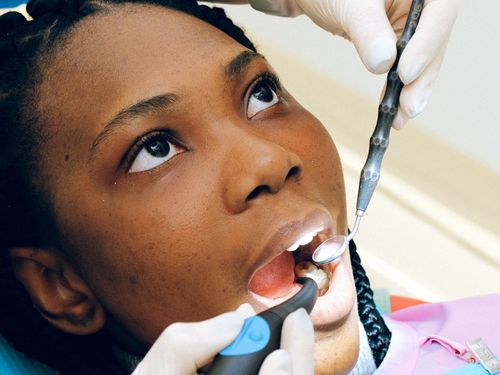
It is recommended exams and cleaning be done regularly. At each appointment, we will clean your teeth thoroughly to remove plaque, food particles, and tartar. A regular exam and cleaning will help keep your teeth healthy.
Root Canals
Expert Root Canal Treatments for Pain Relief and Preservation
The need for a root canal can result from deep decay, faulty crowns, or a crack in the tooth that allows infection. During a root canal, the infected pulp is removed and the inside of the tooth is cleaned and disinfected. Then it is filled and sealed with a rubber-like material. A crown is then recommended to be placed over the tooth to protect it from breaking.
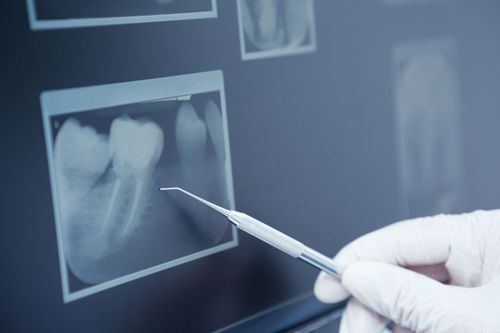
Dentures & Partials
Custom Dentures and Partials for a Confident Smile
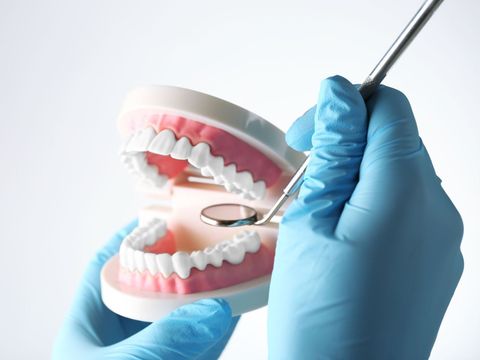
Conventional dentures are put in after all teeth are removed and the gums have healed.
Partial dentures are used when some natural teeth remain in the upper or lower jaw. Partial dentures are connected by a metal framework, or a flexible acrylic, that holds it in place.
Crowns & Bridges
Restoring Teeth with Precision-Crafted Crowns and Bridges
Crowns are used to protect a weak tooth, to restore a broken tooth, to cover and support a large filling, hold a dental bridge in place, cover a discolored tooth, or cover an implant. A crown will restore the tooth to a natural look and feel. A bridge is a fixed replacement for one or more missing teeth. They can be supported by natural teeth or implants.

Pediatric Dentistry
Gentle Care for Growing Smiles, Building Lifelong Oral Health
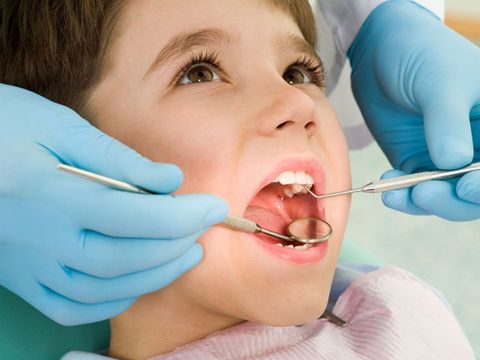
We strive to create an office environment where children feel comfortable. It is our goal to create lifelong relationships with every child we treat. From preventative techniques to restoring cavities, everything we do is to encourage good dental health and a lifelong relationship.
Teeth Whitening
Illuminate Your Smile with Professional Teeth Whitening Solutions
Teeth can become yellow from poor dental hygiene, tea, coffee, and age. It may take a few consecutive treatments to reach the level of brightness you desire, but you may start to notice a difference after one treatment.

Tooth Extractions
Gentle Tooth Removal for Restored Comfort and Oral Health
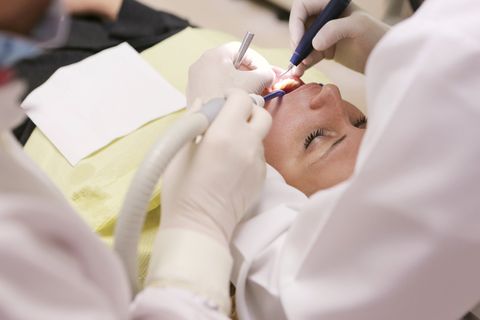
When a tooth is beyond repair, sometimes the best option is to simply remove the tooth. We offer extractions, where we gently loosen the tooth to remove it after anesthetic is administered to the site.
Fillings
Seamless Fillings for Strong, Natural-Looking Teeth
The most common procedure to correct a cavity is a filling. The tooth-colored filling material fills in the cleaned-out cavity to seal it and prevent further decay.

Services
Teeth Cleaning
Achieve a Fresh, Healthy Smile with Professional Cleanings
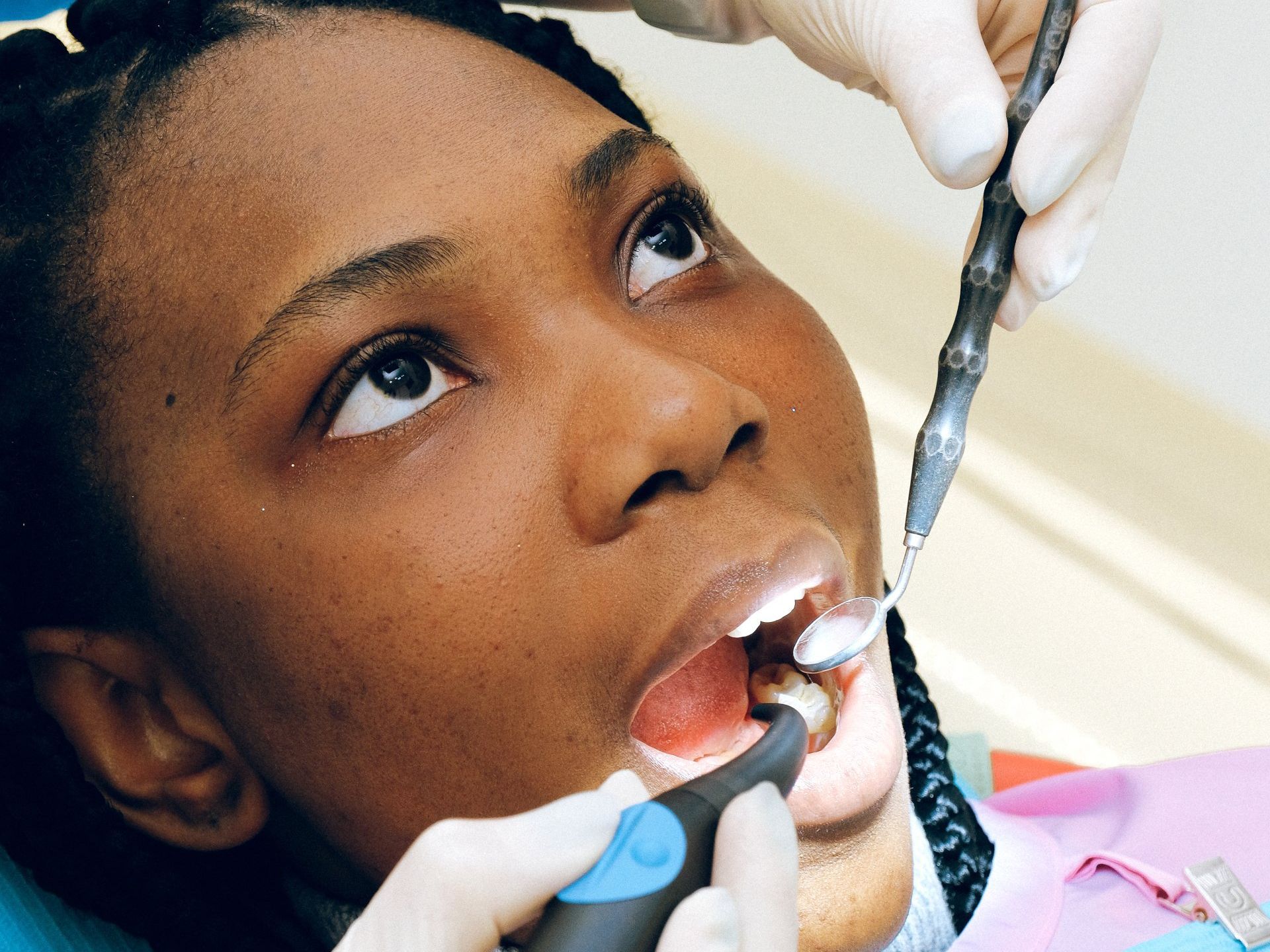
It is recommended exams and cleaning be done regularly. At each appointment, we will clean your teeth thoroughly to remove plaque, food particles, and tartar. A regular exam and cleaning will help keep your teeth healthy.
Root Canals
Expert Root Canal Treatments for Pain Relief and Preservation
The need for a root canal can result from deep decay, faulty crowns, or a crack in the tooth that allows infection. During a root canal, the infected pulp is removed and the inside of the tooth is cleaned and disinfected. Then it is filled and sealed with a rubber-like material. A crown is then recommended to be placed over the tooth to protect it from breaking.
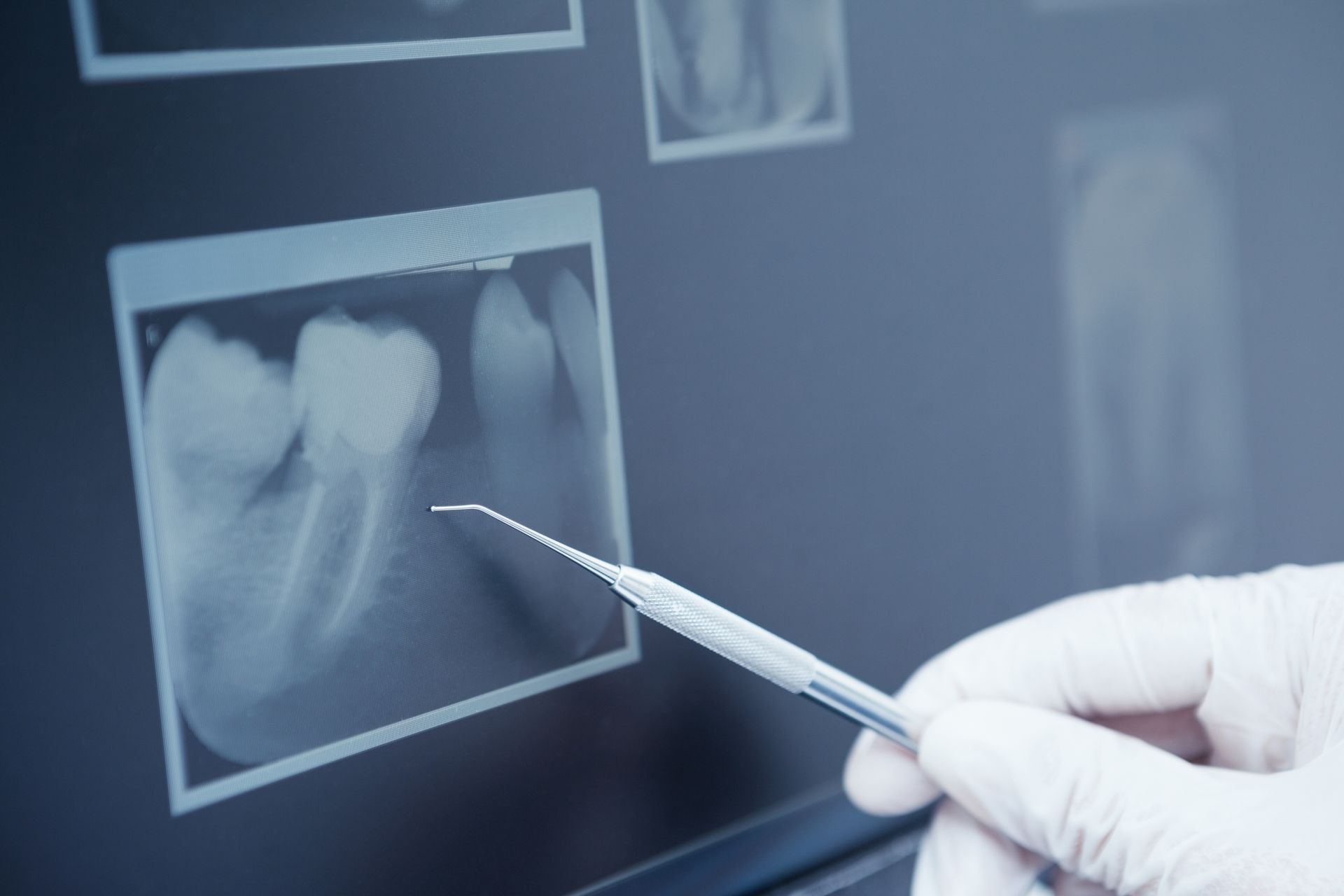
Dentures & Partials
Custom Dentures and Partials for a Confident Smile
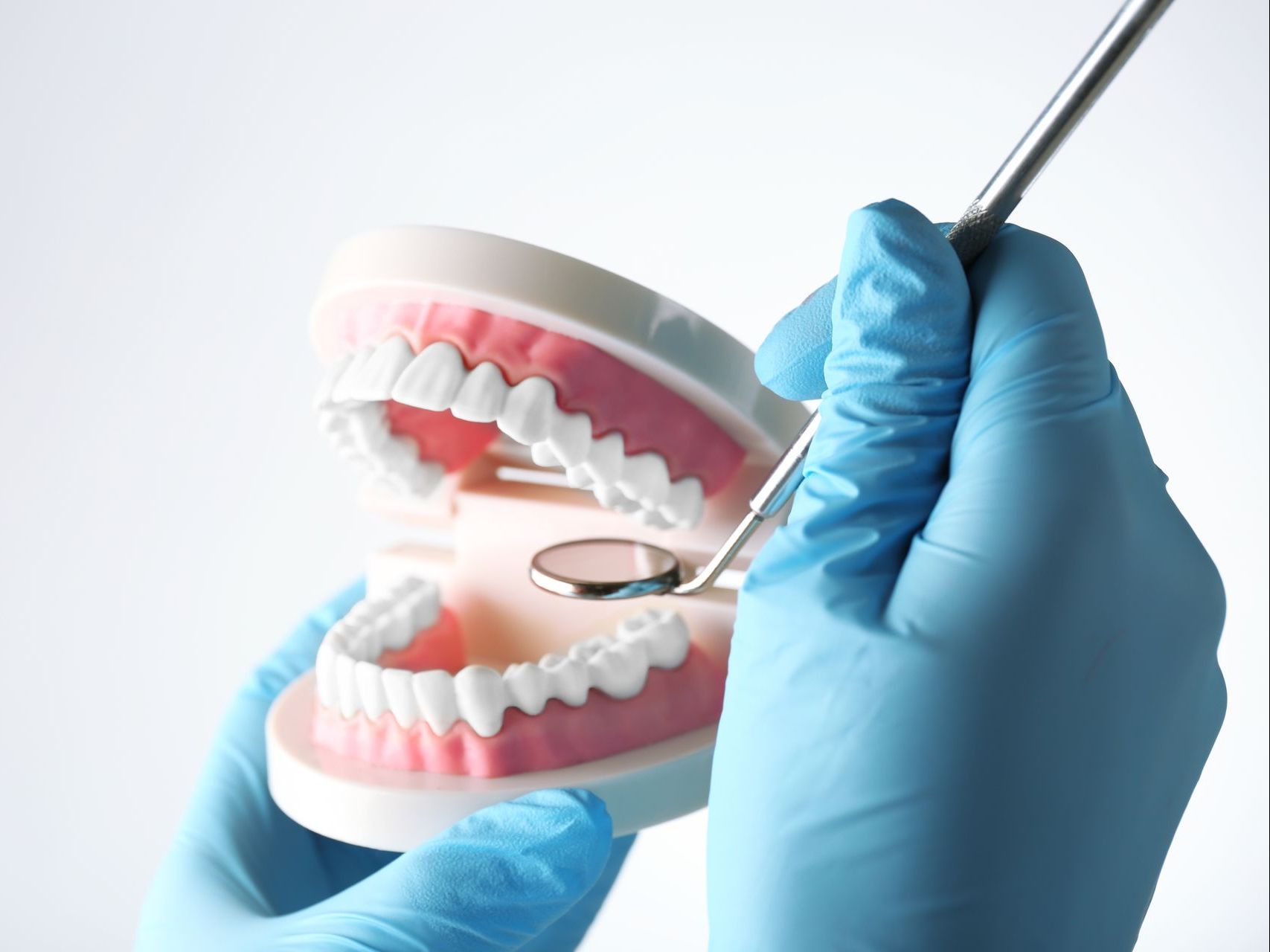
Conventional dentures are put in after all teeth are removed and the gums have healed.
Partial dentures are used when some natural teeth remain in the upper or lower jaw. Partial dentures are connected by a metal framework, or a flexible acrylic, that holds it in place.
Crowns & Bridges
Restoring Teeth with Precision-Crafted Crowns and Bridges
Crowns are used to protect a weak tooth, to restore a broken tooth, to cover and support a large filling, hold a dental bridge in place, cover a discolored tooth, or cover an implant. A crown will restore the tooth to a natural look and feel. A bridge is a fixed replacement for one or more missing teeth. They can be supported by natural teeth or implants.

Pediatric Dentistry
Gentle Care for Growing Smiles, Building Lifelong Oral Health
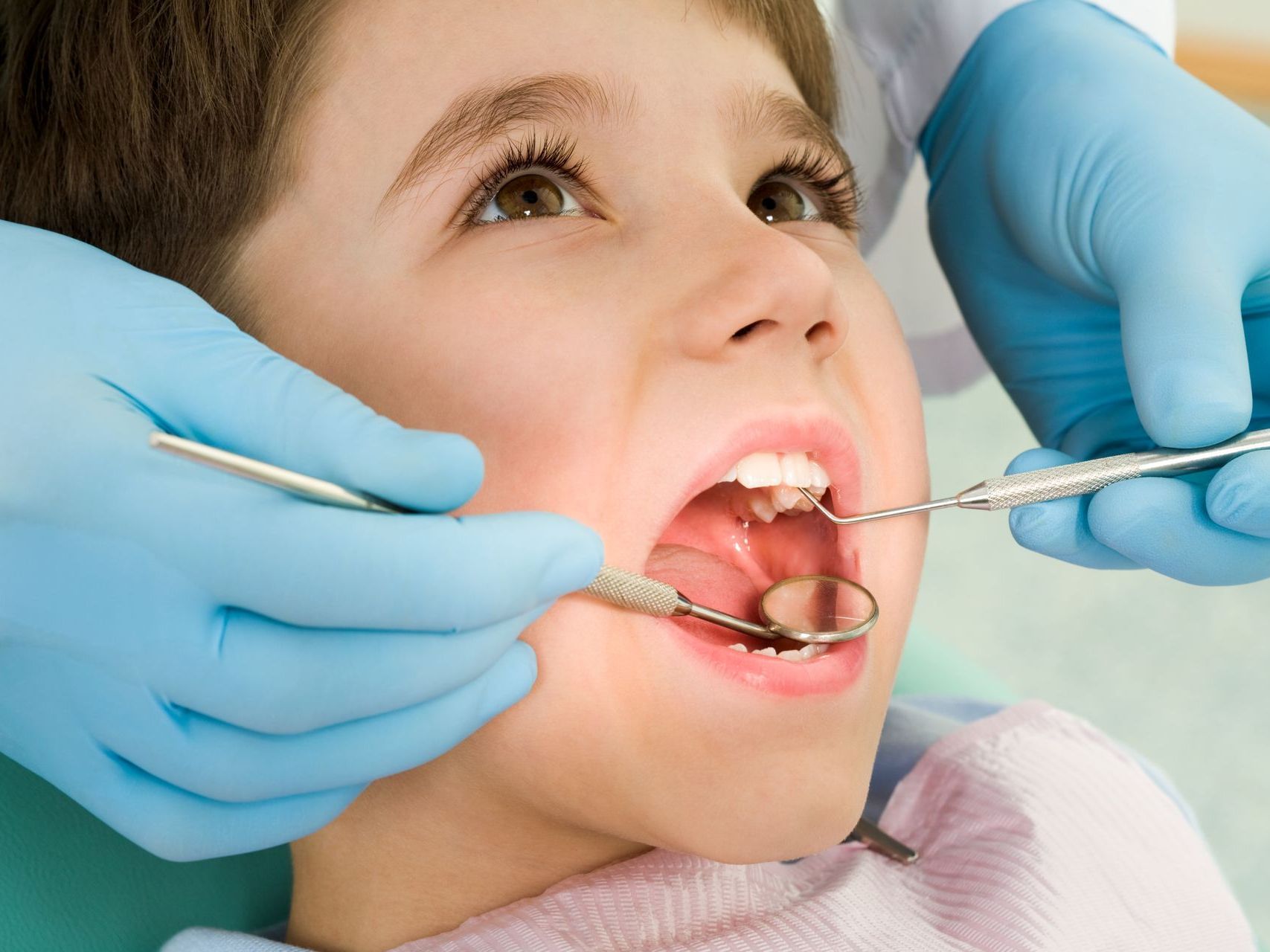
We strive to create an office environment where children feel comfortable. It is our goal to create lifelong relationships with every child we treat. From preventative techniques to restoring cavities, everything we do is to encourage good dental health and a lifelong relationship.
Teeth Whitening
Illuminate Your Smile with Professional Teeth Whitening Solutions
Teeth can become yellow from poor dental hygiene, tea, coffee, and age. It may take a few consecutive treatments to reach the level of brightness you desire, but you may start to notice a difference after one treatment.
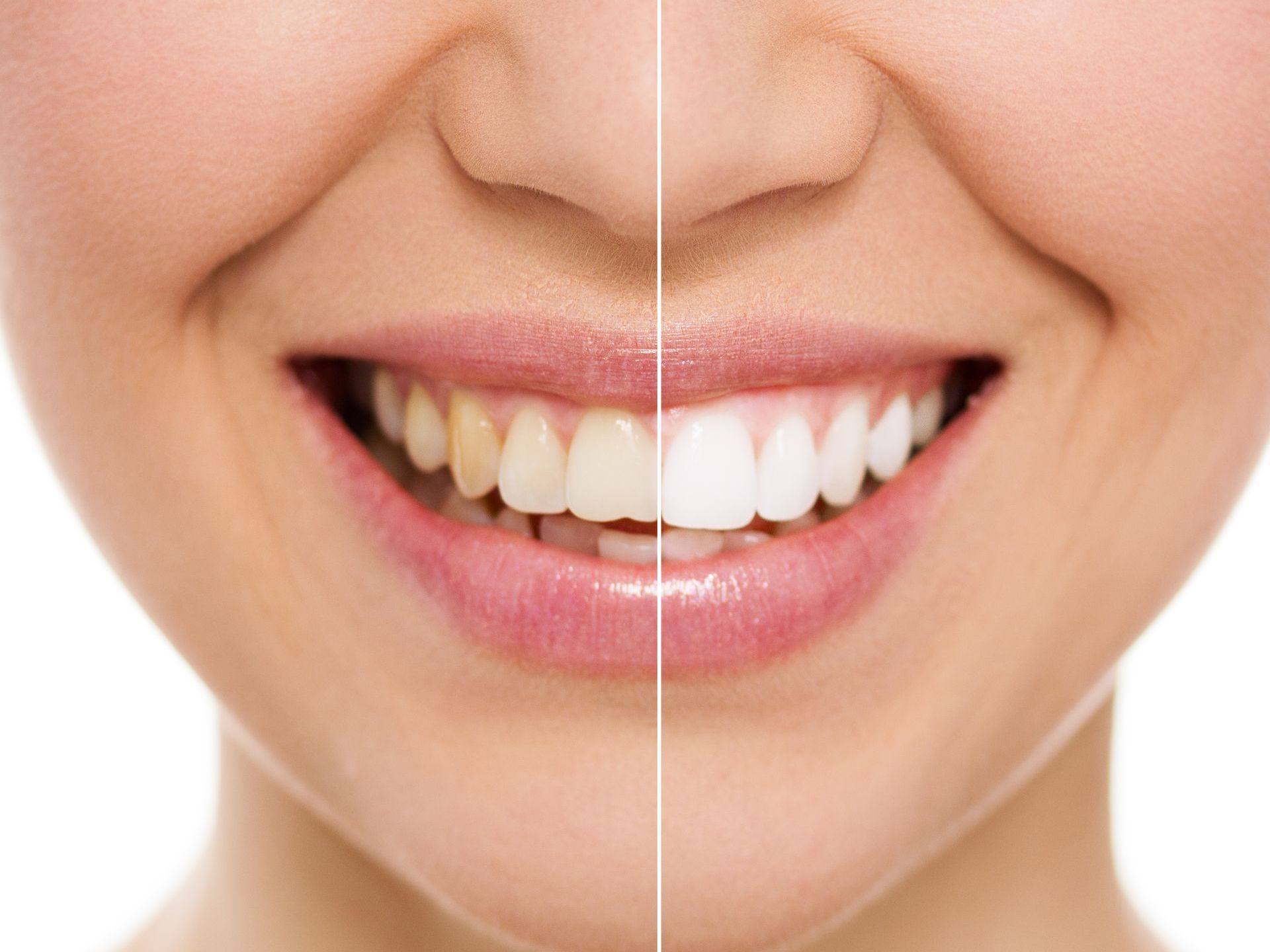
Tooth Extractions
Gentle Tooth Removal for Restored Comfort and Oral Health
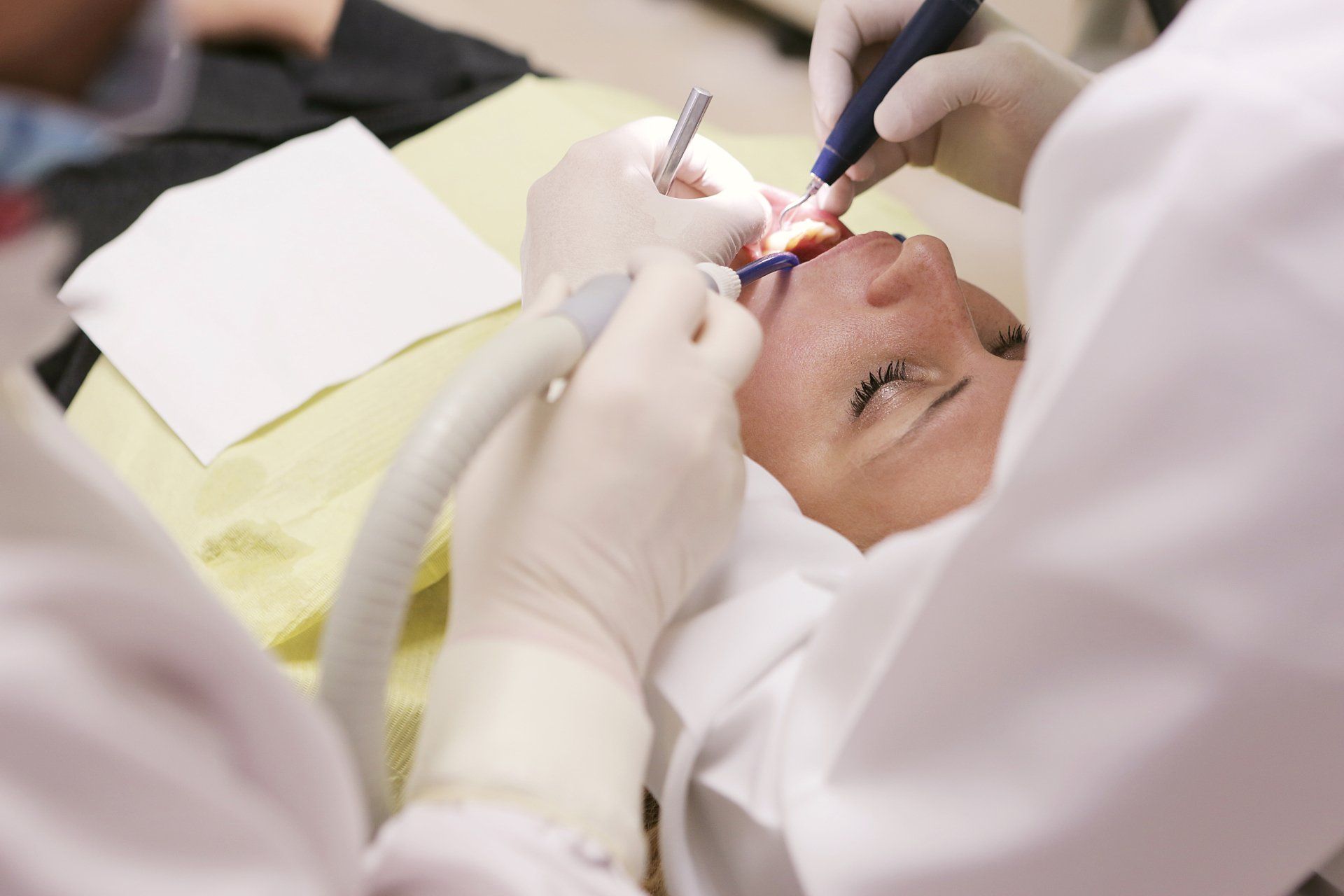
When a tooth is beyond repair, sometimes the best option is to simply remove the tooth. We offer extractions, where we gently loosen the tooth to remove it after anesthetic is administered to the site.
Fillings
Seamless Fillings for Strong, Natural-Looking Teeth
The most common procedure to correct a cavity is a filling. The tooth-colored filling material fills in the cleaned-out cavity to seal it and prevent further decay.


